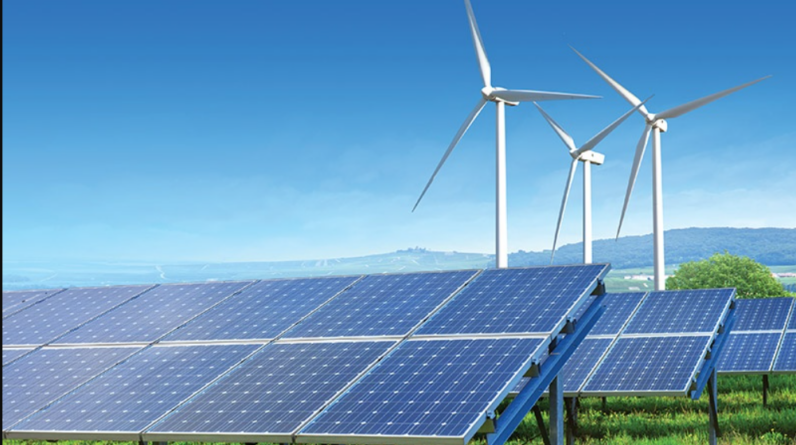
The International Renewable Energy Agency released a report in Berlin last month that found that while progress has been made in energy transition, particularly in the power sector where renewables account for 40% of installed power generation globally and contribute to an unprecedented 83% of global power additions in 2022, the global energy transition is still “off-track” and falls short of the 1.5 degrees Celsius pathway.
The International Renewable Energy Agency reported that the COVID-19 epidemic and the Ukrainian conflict had made the shift more difficult.

“World Energy Transitions: Forecast 2023” said that “to keep 1.5°C alive”, deployment levels must expand from 3,000 gigawatt (GW) now to over 10,000 GW in 2030, an average of 1,000 GW yearly.
The transition is further complicated by the COVID-19 epidemic and the Ukrainian situation, it stated.
The study also noted deployment restrictions. China, the EU, and the US added two-thirds of all additions last year, putting poor nations behind.
To distribute investments more evenly, public sector engagement is needed. 85 percent of worldwide renewable energy investment benefited fewer than 50% of the global population in 2022. Africa contributed 1% of 2022 capacity. 120 underdeveloped and rising markets receive minimal investment.
“A major change in developing nation funding must prioritize energy availability and climate adaption. “Multilateral financial institutions need to divert more funding, at better conditions, into energy transition projects and establish the physical infrastructure needed to support the growth of a new energy system,” said IRENA director-general Francesco La Camera.
A new method is needed to speed the energy transition since the global energy system must undergo a significant and systemic transformation in under 30 years. To transition to a renewable energy system, fossil fuel and sectoral mitigation measures are required but insufficient. He continued, “From supply to demand, we must overcome structural barriers to progress.”
Transition technologies must account for 80% of cumulative investments, or $35 trillion, by 2030.
The energy transition’s physical infrastructure, policy and regulatory enablers, and well-skilled workforce “need major investment and new modes of co-operation in which all actors may join in the transition and play an optimum role,” according to IRENA’s preview.
In 2022, global energy transition technology investment hit a record $1.3 trillion, but to keep on the 1.5 degrees Celsius route, it needs double to almost $5 trillion.
Fossil fuels still receive 41% of 2050 investment. The research recommended redirecting USD 1 trillion of fossil fuel investment by 2030 to transition technologies and infrastructure to meet the 1.5°C objective.
Existing promises and plans fall short of IRENA’s 1.5°C roadmap and will leave a 16-Gt emissions gap in 2050.
